Skip to content
 Knowledge
Knowledge
To speak in a theory-informed way, Noa requires the right knowledge at the right time.
A lot of this knowledge we can know ahead of time and is added to conversations. Other knowledge will have already been added by your unit coordinator, as it is relevant to everyone in your unit or division.
Some knowledge, on the other hand, is personal. For example, the output of the introduction conversation is a Personal Statement which is included in all future conversations. But it is not always efficient to collect knowledge through conversations e.g. when lesson planning, the right curricula and standards for your class’ subject, year, context can only be known by you. In this case it needs to be added manually by typing, adding a link, or from an uploaded PDF.
Knowledge is included on a conversation by conversation basis e.g. while lesson planning requires the curriculum, post-lesson mentorials do not. Irrespective, once knowledge is added to a conversation, you can be assured that Noa will have it in all future conversations with you of that type.
Continue reading below where you will also find out that knowledge is sometimes optional and sometimes required for a conversation.
Required knowledge
When knowledge is required, the input to a conversation will be disabled and a red bordered notice will appear. E.g.


Adding knowledge
Clicking Manage knowledge above will bring up a popup:


in which you will be informed of your choices.
If there is some knowledge already added for the unit, which might be a good fit, a search term will be suggested to you, which you can enter in the search box.
Otherwise, you can Add new knowledge
Again, this will give different options, to add manually, from a link, or by uploading a PDF


Managing knowledge
Navigating to Menu > Available knowledge will give you an overview of all knowledge available, by type, and for which conversations it has been added across your account


At the bottom of this page is the option to add new knowledge of any type.
Want to print your doc?
This is not the way.
This is not the way.

Try clicking the ⋯ next to your doc name or using a keyboard shortcut (
CtrlP
) instead.